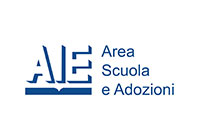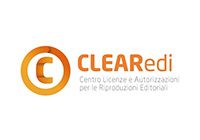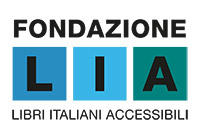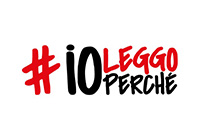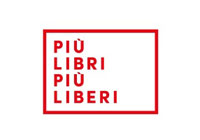 In 2010 the 197 publishing houses which published books for children (although only 52 produced more than 11) placed 2,317 new books on the market (+8%, source: Liber Data base) and distributed 19.9 million copies. The result is a market which, although growing more than the average for the sector, nevertheless remains limited and among the smallest of the UE5 countries.
In 2010 the 197 publishing houses which published books for children (although only 52 produced more than 11) placed 2,317 new books on the market (+8%, source: Liber Data base) and distributed 19.9 million copies. The result is a market which, although growing more than the average for the sector, nevertheless remains limited and among the smallest of the UE5 countries.
However, within this apparently stable situation, there have been profound changes in the supply system and publishing catalogues.
In 2006, of the 2,359 new books published, 53% came from foreign countries. Today the figure is 46%. The 1,064 new books of foreign origin come predominantly from English language publishing (which alone accounts for 29.1% of foreign production): 449 titles are from the UK and 224 from the United States. Some distance behind we find France with 156 titles and then, in descending order, the Netherlands (47), Germany (40), Spain (28) etc.
So-called «minor publishing industries», which produced 10% of the foreign titles published by Italian publishers in 2006, now account for 13%. Publishing catalogues are increasingly filled with books by Italian authors (the rights to which are then sold abroad); these narrators and illustrators are sought out in countries which until recently did not have Italian publishing as a point of reference. Catalogues are less filled with the products of English language publishing, falling from 790 titles in 2006 to 673 in 2010.
The fiction/non-fiction ratio has changed. In 2006 tales, short stories, animal stories etc. represented 75% of the supply and only 583 titles related to nature, history, geography, science, reference etc. Five years later the ratio has been further unbalanced, with fiction up to almost 81% and non-fiction reduced to just 450 new books!
A second transformation involves the growing movement of production towards the very youngest children (under 5 years). In 1987 titles for children of pre-school age represented only 43%. In 2000 this became 51% and today it stands at 55%. Behind this phenomenon we can see changes in the family and in processes of pre-school education which have led various publishers to explore these extremely young age bands. This age bracket had been considered more protected from competition brought in by new technologies, television and home video products.
L'autore: Giovanni Peresson
Mi sono sempre occupato di questo mondo. Di editori piccoli e grandi, di libri, di librerie, e di lettori. Spesso anche di quello che stava ai loro confini e a volte anche molto oltre. Di relazioni tra imprese come tra clienti: di chi dava valore a cosa. Di come i valori cambiavano in questi scambi. Perché e come si compra. Perché si entra proprio in quel negozio e si compra proprio quel libro. Del modo e dei luoghi del leggere. Se quello di oggi è ancora «leggere». Di come le liturgie cambiano rimanendo uguali, di come rimanendo uguali sono cambiate. Ormai ho raggiunto l'età per voltarmi indietro e vedere cosa è mutato. Cosa fare da grande non l'ho ancora perfettamente deciso. Diciamo che ho qualche idea. Viaggiare, anche se adesso è un po' complicato. Intanto continuo a dirigere l'Ufficio studi dell'Associazione editori pensando che il Giornale della libreria ne sia parte, perché credo sempre meno nei numeri e più alle storie che si possono raccontare dalle pagine di un periodico e nell'antropologia dei comportamenti che si possono osservare.
Guarda tutti gli articoli scritti da Giovanni Peresson




